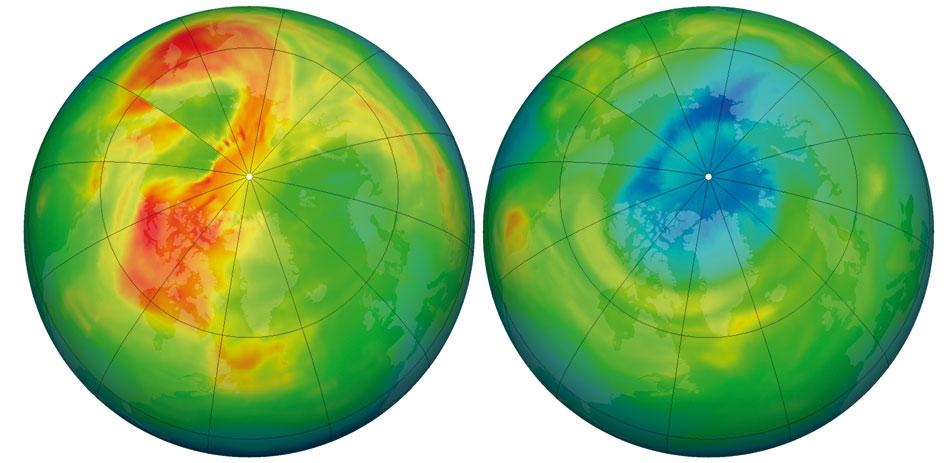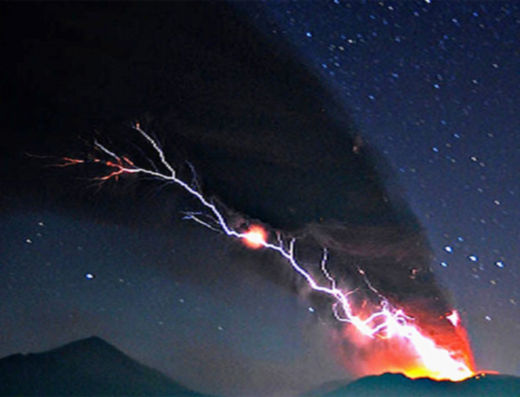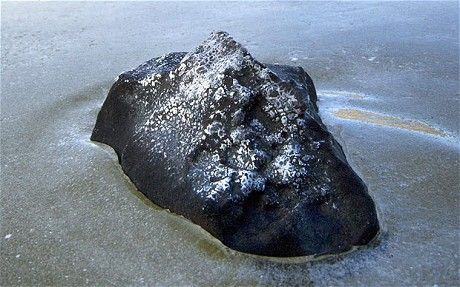
Near-death experiences are often thought of as mystical phenomena, but research is now revealing scientific explanations for virtually all of their common features. The details of what happens in near-death experiences are now known widely - a sense of being dead, a feeling that one's "soul" has left the body, a voyage toward a bright light, and a departure to another reality where love and bliss are all-encompassing.
Approximately 3 percent of the U.S. population says they have had a near-death experience, according to a Gallup poll. Near-death experiences are reported across cultures, with written records of them dating back to ancient Greece. Not all of these experiences actually coincide with brushes with death - one study of 58 patients who recounted near-death experiences found 30 were not actually in danger of dying, although most of them thought they were.
Recently, a host of studies has revealed potential underpinnings for all the elements of such experiences. "Many of the phenomena associated with near-death experiences can be biologically explained," says neuroscientist Dean Mobbs, at the University of Cambridge's Medical Research Council Cognition and Brain Sciences Unit. Mobbs and Caroline Watt at the University of Edinburgh detailed this research online August 17 in Trends in Cognitive Sciences.











